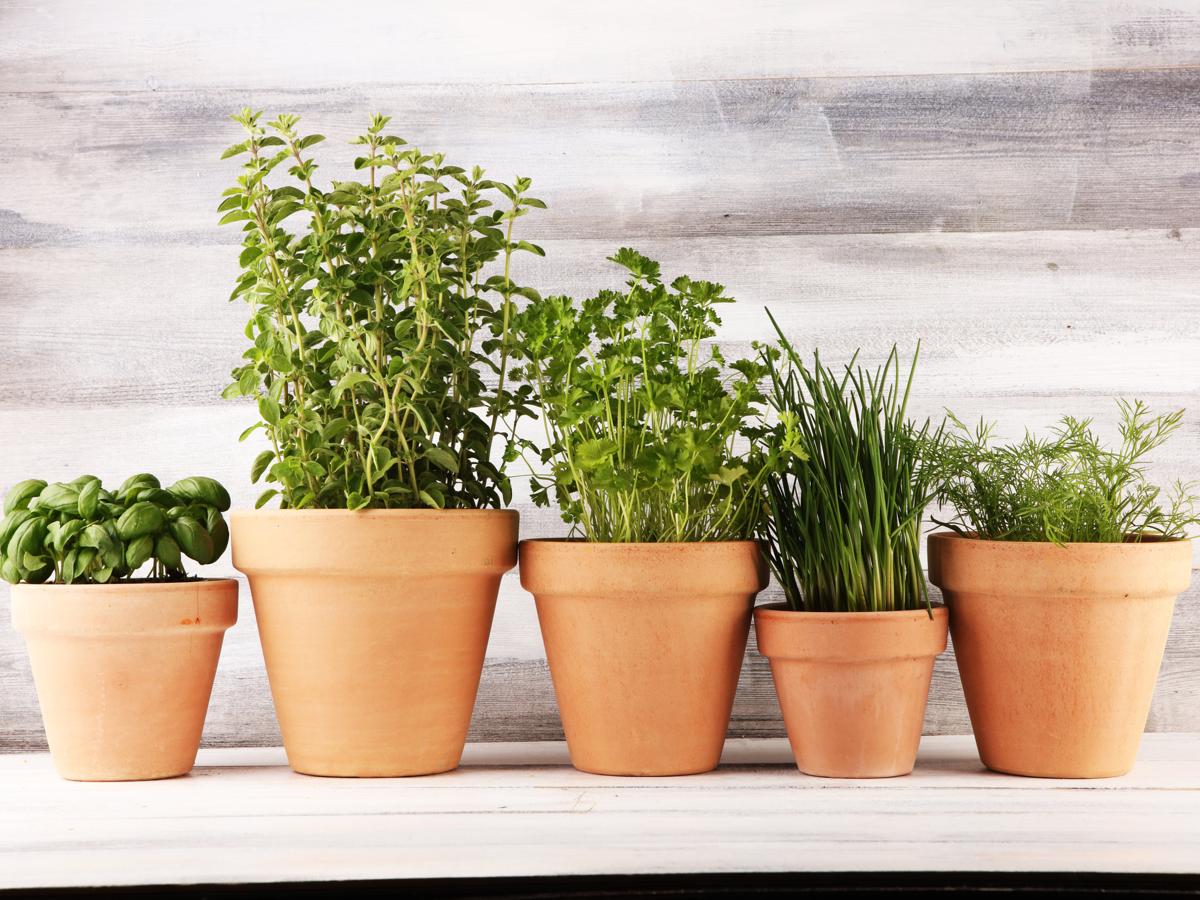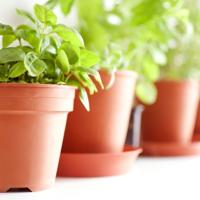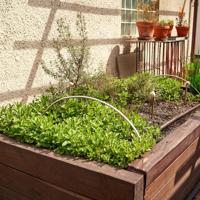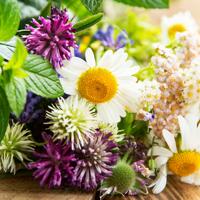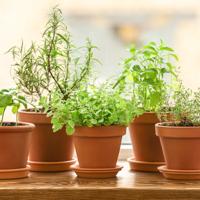Growing herbs indoors can be a delightful addition to your sustainable lifestyle. You’ll not only enjoy fresh flavors but also have the convenience of garden-to-table at your fingertips. Here’s a thoughtful guide to help you cultivate a vibrant indoor herb garden.
Choosing the Right Herbs
Begin by selecting herbs that thrive indoors. Basil, mint, parsley, chives, oregano, and thyme are popular choices. These herbs are known for adapting well to indoor conditions and are fairly low-maintenance.
Consider your cooking needs and space availability when picking your herbs. It’s always a good idea to start with a few varieties and expand as you gain more experience.
Selecting the Containers
Choosing the right container is crucial for your indoor herbs. Look for pots with good drainage—this prevents waterlogging, which can harm your plants.
Smaller pots (4-6 inches) are suitable for most herbs at the start. As your herbs grow, be prepared to transfer them to larger containers. Clay pots are breathable, though they may dry out quicker than plastic ones.
Finding the Perfect Spot
Herbs generally require plenty of sunlight. A south-facing window with at least 6 hours of sunlight is ideal. If natural light is limited, consider supplemental lighting with LED grow lights. They are energy-efficient and can help your herbs flourish.
Observe your plants for signals. Yellowing leaves may indicate insufficient light. Adjust their location or lighting accordingly.
Soil and Planting
Use well-draining potting mix for herbs. You can enhance the soil’s nutrition by adding organic compost or a slow-release fertilizer. Avoid garden soil as it’s often too dense for indoor containers.
Make sure to plant seeds at the recommended depth. Typically, this is around twice the seed’s width. Label the pots to keep track of different herbs.
Watering and Humidity
Indoor herbs require consistent moisture but avoid overwatering. It’s usually good practice to water when the top inch of soil feels dry. Be cautious as different herbs have varying water needs.
Indoor air tends to be dry, especially during winter. To maintain humidity, you can mist the herbs or place a tray of water nearby to create a humid environment.
Pruning and Maintenance
Regularly prune your herbs to encourage bushier growth. Remove any dead or yellowing leaves to maintain plant health. Harvest your herbs by trimming the top leaves, this will promote continuous growth.
Be mindful of pests. Indoor plants can suffer from infestations like aphids or spider mites. A mild soapy water solution can help control most simple cases.
Research and Learning
When it comes to indoor gardening, continuous learning can be quite beneficial. Websites like Gardening Know How or the Old Farmer’s Almanac offer reliable gardening tips and resources that cater to various climates and conditions.
Books like “The Indoor Herb Garden” by Rosalee de la Forêt can also provide deeper insights, especially if you’re new to gardening.
Personal Reflections
I’ve found indoor gardening to be a peaceful and rewarding activity. Each stage, from watching seeds sprout to enjoying the harvested herbs in my meals, adds a beautiful routine to my daily life.
Growing herbs indoors is, above all, about experimenting and enjoying the process. With patience and care, you’ll likely find it to be a fulfilling part of your sustainable gardening journey.
We hope these tips are helpful to you. Feel free to share your experiences or ask questions in the comments. Happy gardening!
